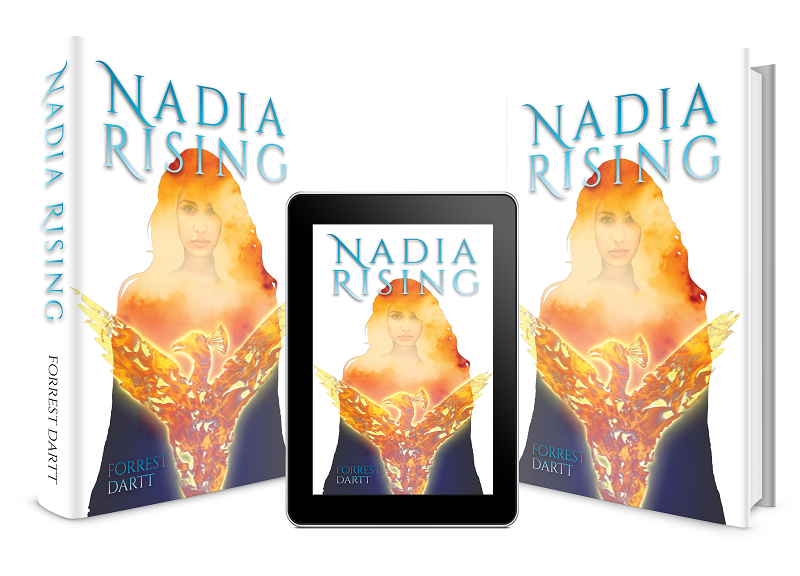|
Your book cover design will become the ‘face’ and (most importantly) the advertising that represents your work as an author, with so many books being published on a daily basis, it goes without saying that making a great first impression is vital. So, having a professional and creative book cover design should be at the top of your list (among editing, marketing and publishing of course), but how do you know what should be upon the front and back pages of your book? Every author will ask themselves what the most important elements that should be upon the cover design are. You can end up thinking of the many key points within any book and find it is easy to become overwhelmed, convincing yourself that ten or twenty different things need to be shown (in order for the reader to understand ‘everything’ prior to reading). The danger with this approach is that you can give too much of the book away along with running the very real risk of confusing the reader. If you add too many details it can lead to the reader having a good idea as to the outcome of the story prior to reading, also by adding too many details/elements (even if it doesn’t give elements away which would spoil the plot) the cover becomes too busy and as a result the viewer moves on to the next without taking anything onboard (there’s a very good reason that most best sellers stick to proven design methods which don’t over-complicate things). Now for some book covers (especially fantasy), you will see a great deal of art work and detail going into the cover design, to a large extent the readers of these genres tend to expect and look for it, but there is still much logic and thought that will go into the layout and the scene which is displayed, again, these designs still tend to give a clear image to the reader. In order to figure out what you should have upon the cover it’s important to understand the concept of your book when you condense it for your blurb and promotional synopsis, this process of writing both forces you to really consider those elements which are vital to the book and those (which although important) don’t need to be upon the cover. In writing these it’s better to start with your synopsis and then start upon the blurb, the synopsis of course giving far more detail away with the blurb intended to be the ‘hook’ which convinces the reader to make the purchase. Blurbs do take a while to write, I’ve known authors who have taken several weeks to write just 300 words for their back page, so when you’re working on yours don’t panic if you don’t get it done in an hour, it’s an important part of your book and you should take your time. But once you have your synopsis and blurb you will have a better idea as to what the most important elements are (for your cover). Once you have your blurb you’ll have to condense it again to find an element which best represents your book, most blurbs are around the 300 – 350 word count and are normally spaced into three paragraphs (not including a bio), it should give your reader some enticing details about the contents. From here you should be able to pick out an element that will represent your book upon the front page, it’s very useful at this point to make a list of the keywords within the blurb and start brainstorming ideas from there. By condensing the details of the book down it’s possible to create a great book cover for the most complex of manuscripts, a design which grabs the attention of the viewer and represents the work both creatively and professionally too.
0 Comments
Your comment will be posted after it is approved.
Leave a Reply. |
JD&JCategories
All
Archives
July 2024
All information within this website (including its blog) is published in good faith and for general information purposes only. JD&J Design LLC does not make any warranties about the reliability and accuracy of this information. Any action you take upon the information in this website is strictly at your own risk. JD&J Design LLC is not liable for any losses and/or damages in connection with the use of this site and information.
|






